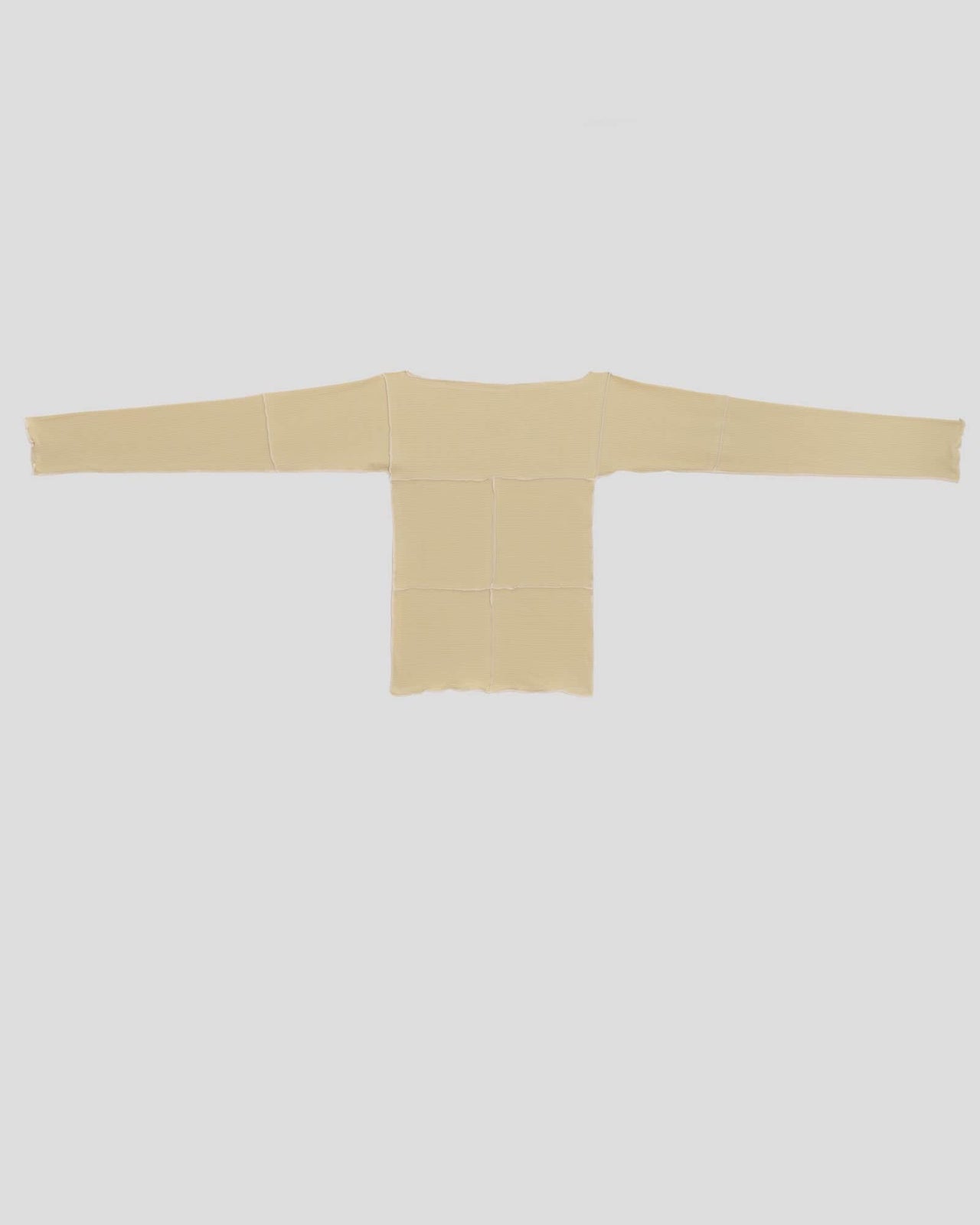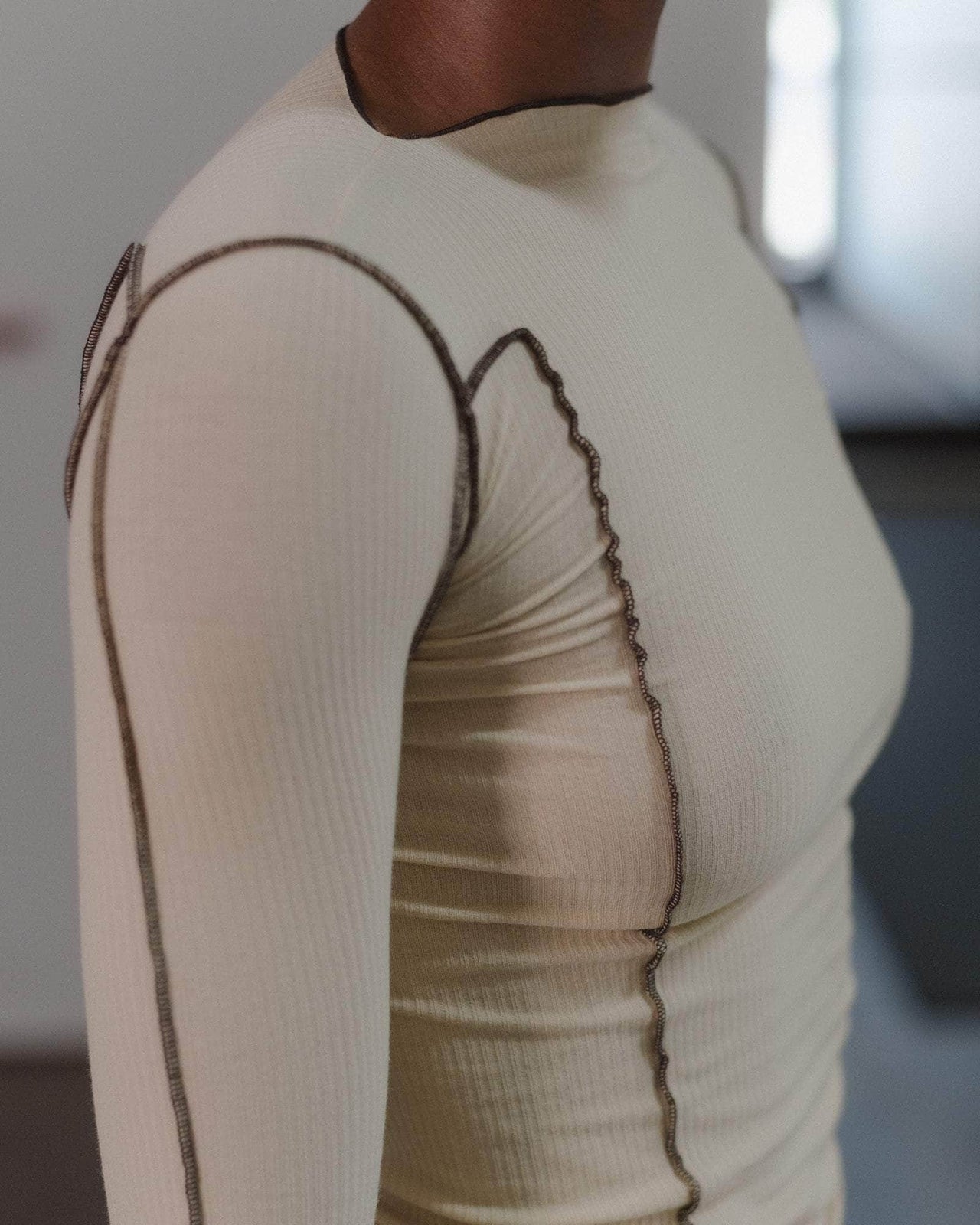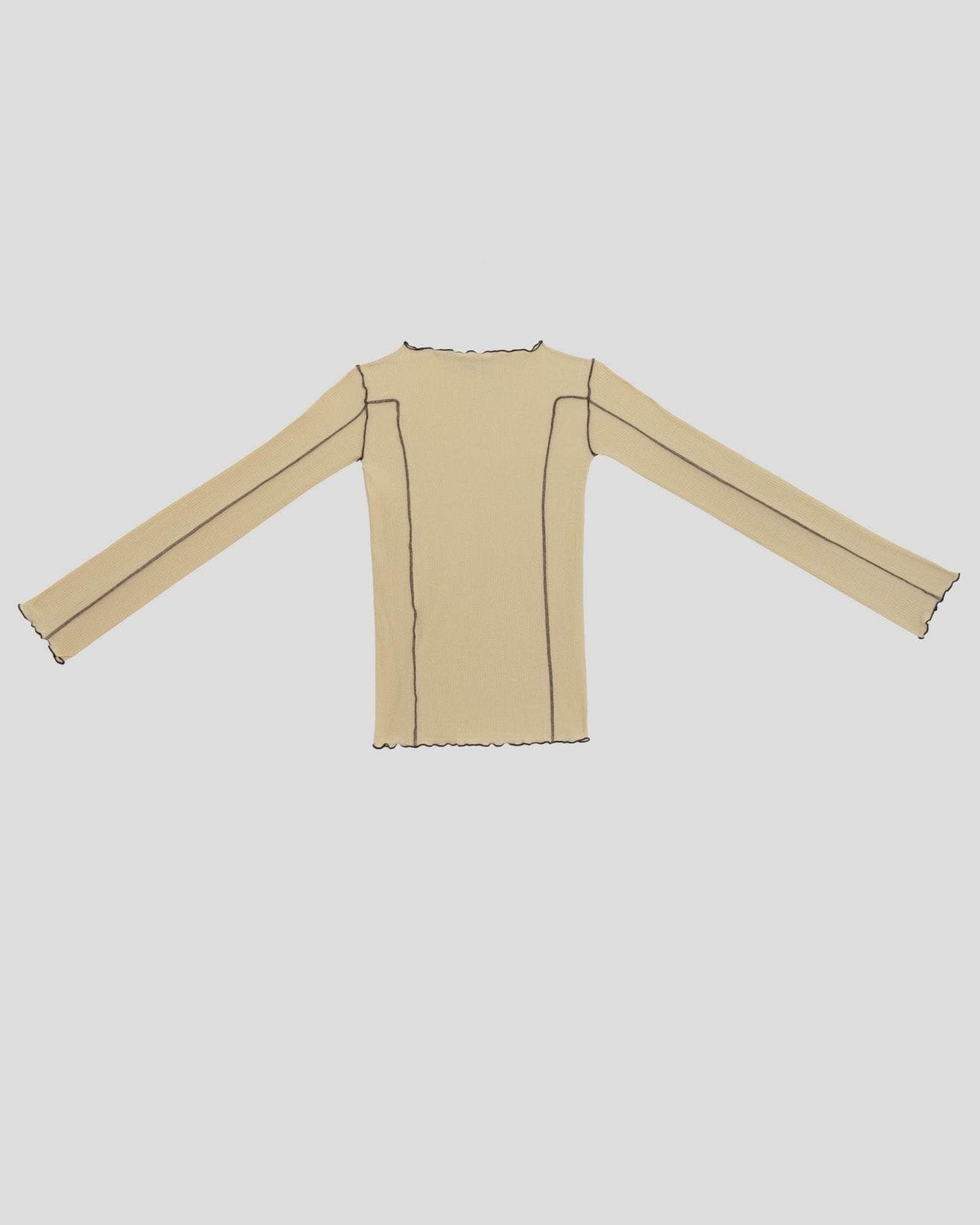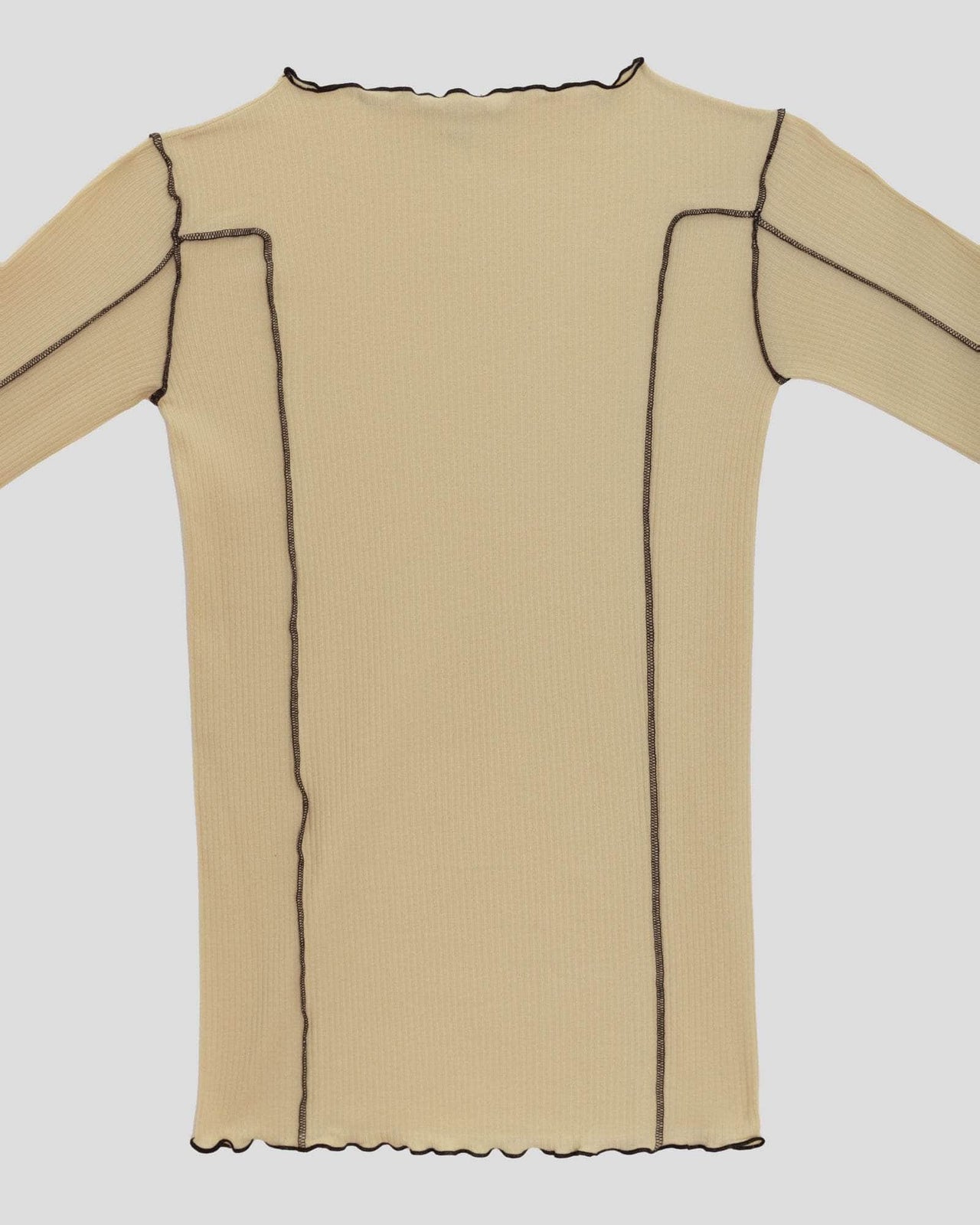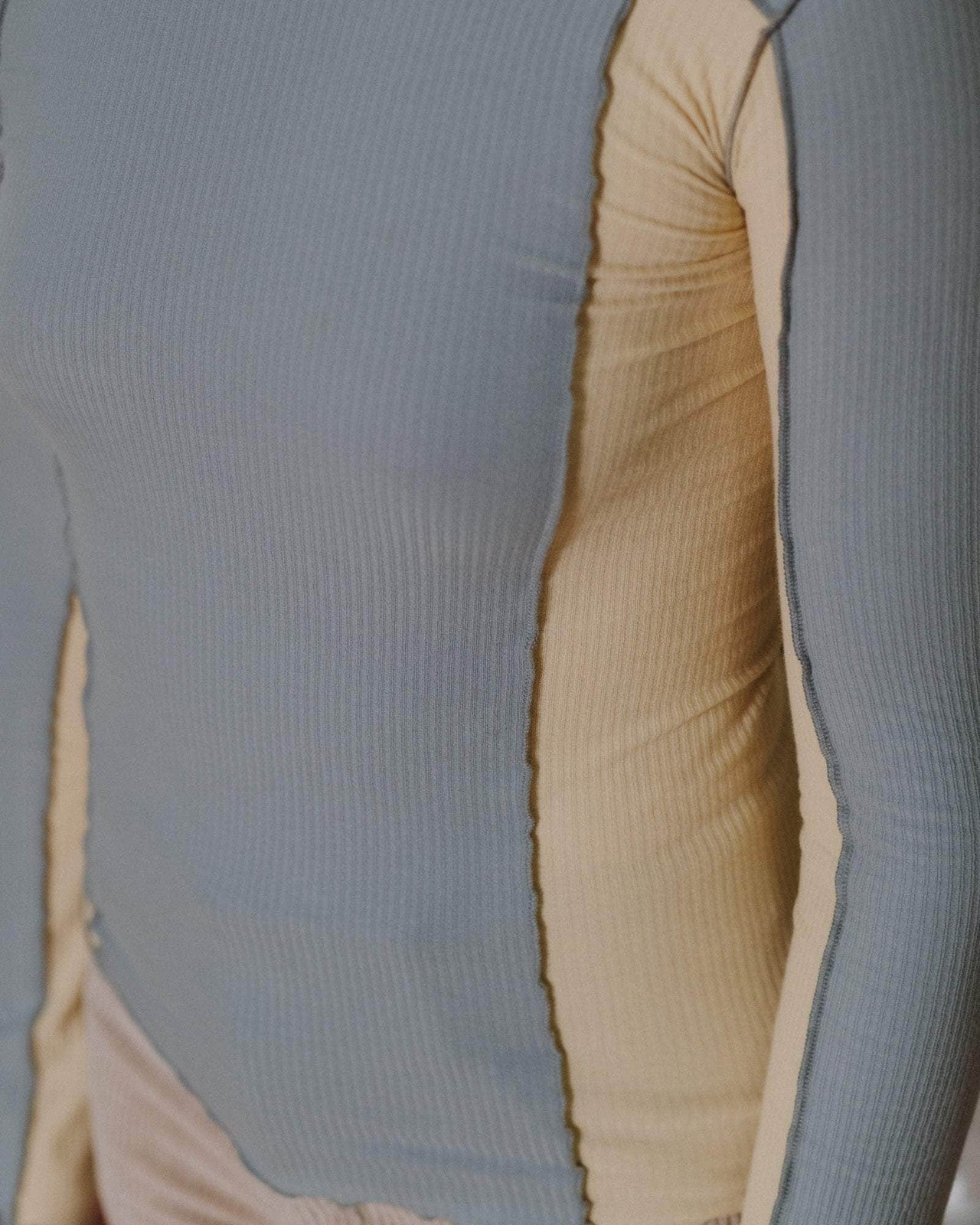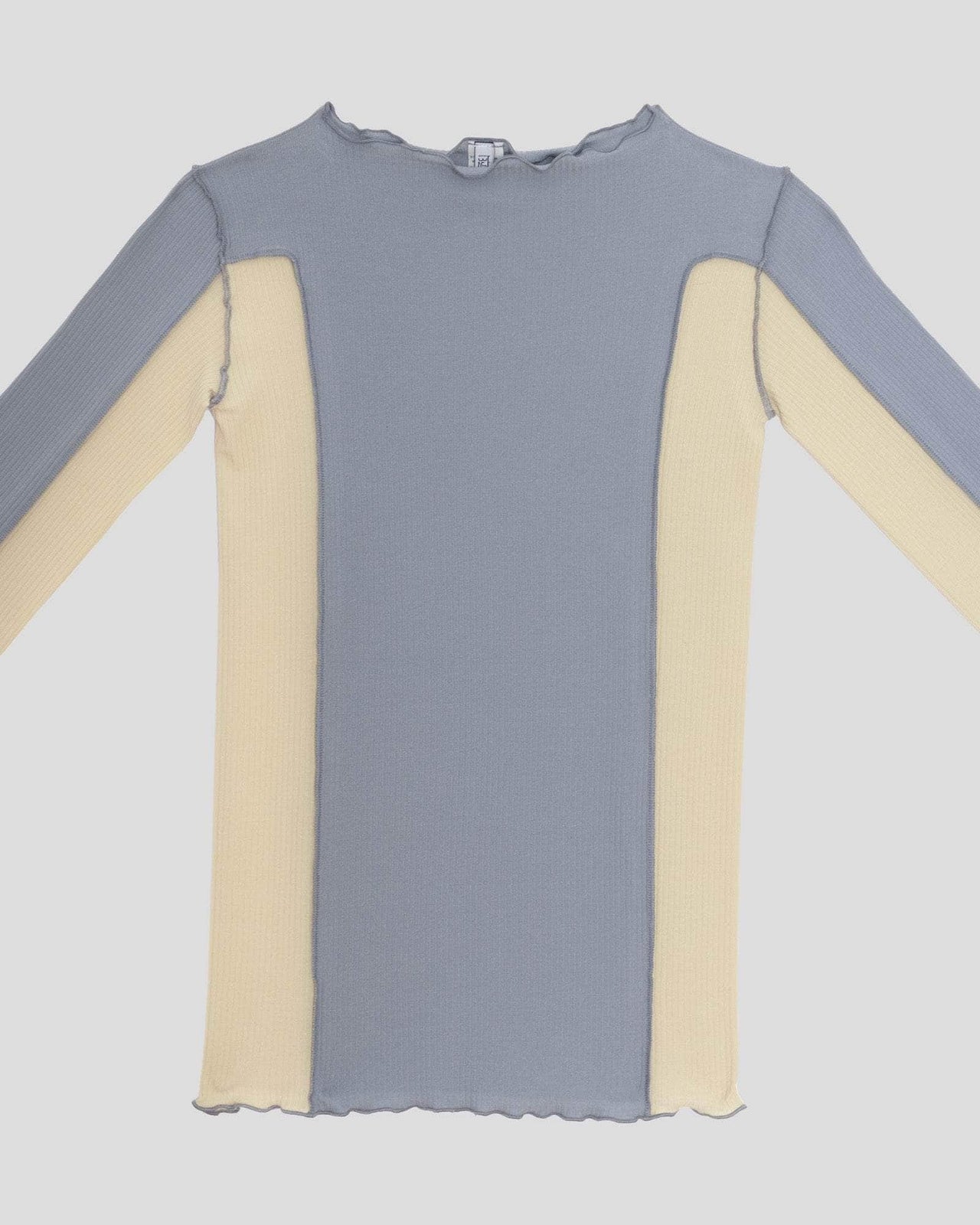Sizing chart
Conversion Chart
| Size | EU | US | AU | JP |
|---|---|---|---|---|
XS |
34 |
0-2 |
8 |
100 |
S |
36 |
4 |
10 |
120 |
M |
38 |
6 |
12 |
140 |
L |
40-41 |
8 |
14-16 |
160 |
XL |
42 |
10 |
16-18 |
180 |
Hale pants - Organic Cotton Denim
Regular price
€260,00













